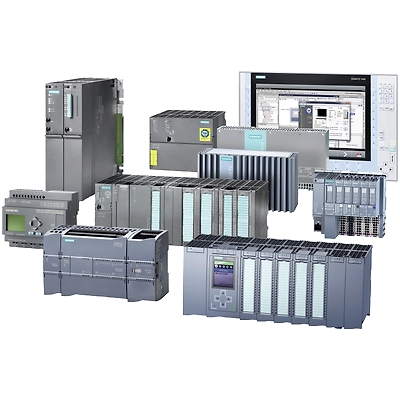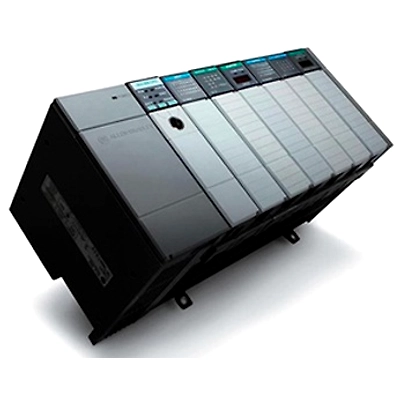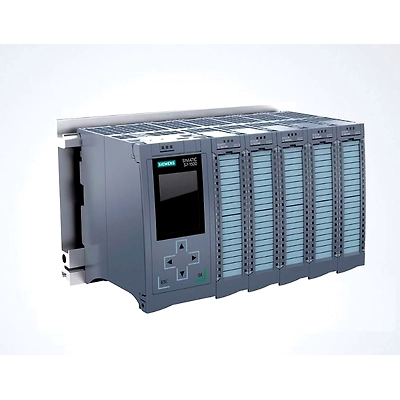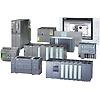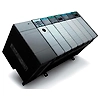Comprehensive PLC Programming
-
Product is not available
Country Of Origin : India
Introduction:
Programmable Logic Controllers (PLCs) act as the foundation of contemporary industrial automation, enhancing efficiency and simplifying operations.
Whether you’re a budding engineer or someone looking to dive into the world of automation, understanding PLC programming is essential.
In this detailed tutorial, we’ll help beginners understand the fundamentals of PLC programming, establishing a strong base for excelling in this essential skill.
What is a PLC?
A Programmable Logic Controller (PLC) is a specialized industrial computer designed to control manufacturing processes and machinery. PLCs are programmable, meaning they can execute specific tasks based on the input they receive.
Why Use PLCs?
PLCs offer several advantages, such as robustness, reliability, and flexibility in controlling various processes. They are widely used in industries like manufacturing, energy, and even building automation.
Basic Components:
Before diving into programming, familiarize yourself with the fundamental components of a PLC system, including the CPU, input modules, output modules, and the programming device.

